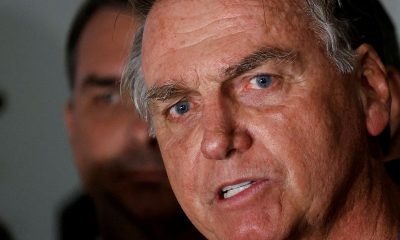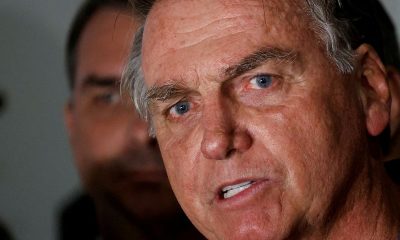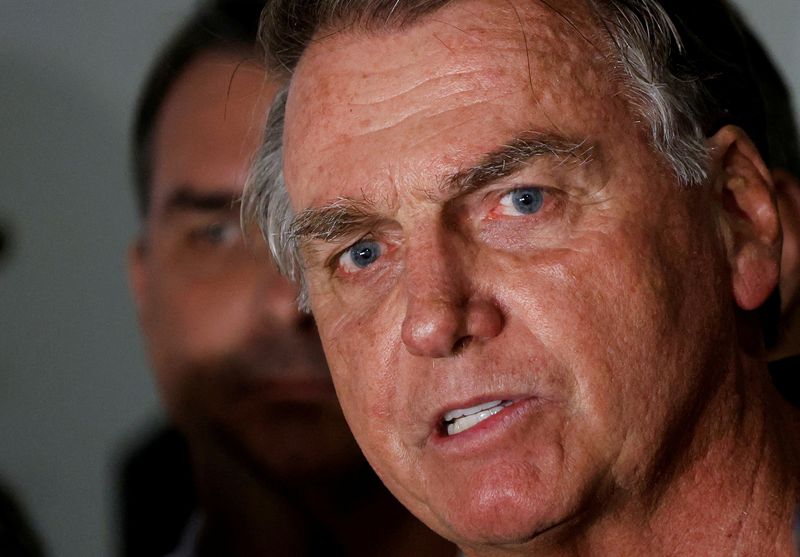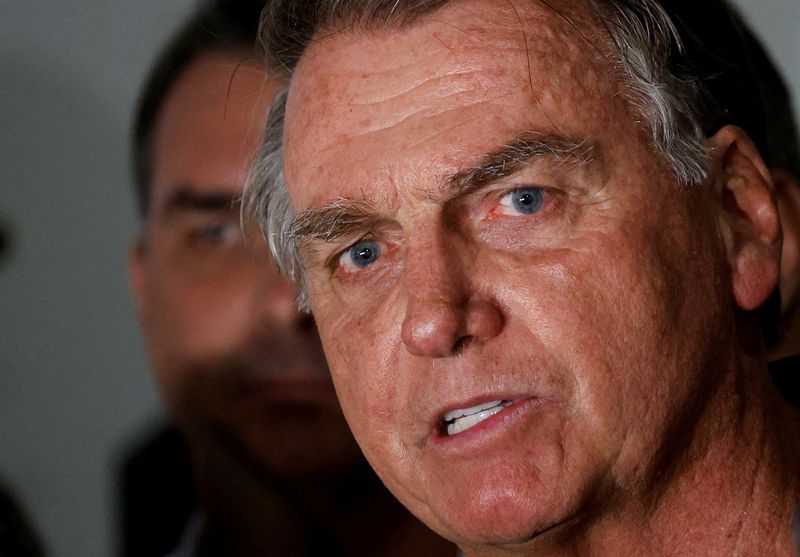Forex
Dollar hits 14-month low against euro, yuan dips
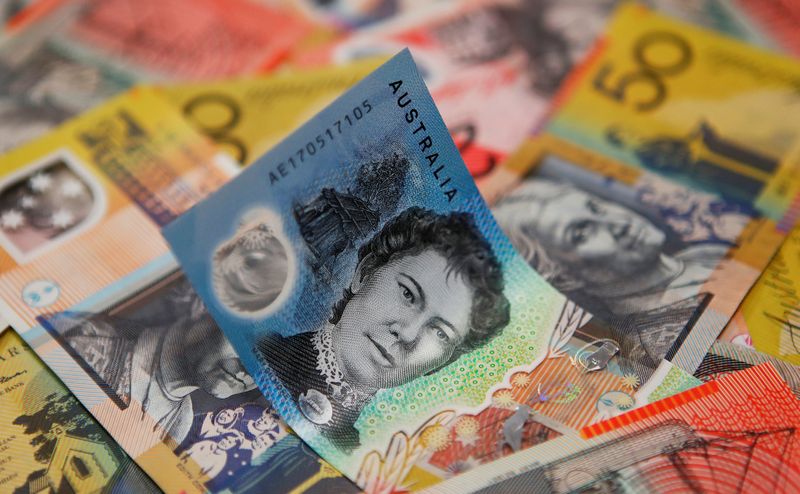
By Karen Brettell
NEW YORK (Reuters) – The dollar hit a 14-month low against the euro on Wednesday as traders bet that the Federal Reserve will make another large rate cut at its November meeting on weakening labor optimism, while the yuan eased on growing doubts about the impact of a new round of Chinese stimulus.
The greenback tumbled on Tuesday after data showed that U.S. consumer confidence dropped by the most in three years in September amid mounting fears over the labor market.
“The narrowing in the labor market differential, which is sort of indicative of demand and supply conditions in the employment market was a very bad omen for the U.S. economy,” said Karl Schamotta, chief market strategist at Corpay in Toronto.
“Markets are interpreting this as a sign that the Federal Reserve is very likely to deliver a second emergency sized cut at its November meeting,” he added.
Traders are now pricing in 59% odds of a 50-basis point cut at the Fed’s Nov. 7 meeting, up from 37% a week ago, and a 41% chance of a 25 basis point reduction, according to the CME Group’s FedWatch Tool.
The Fed last week kicked off an anticipated series of interest rate cuts with a larger-than-usual half-percentage-point reduction that Fed Chair Jerome Powell said was meant to show policymakers’ commitment to sustaining a low unemployment rate now that inflation has eased.
The euro was last up 0.04% at $1.1185 and reached $1.1214, the highest since July 2023. The rose 0.25% to 100.48 and earlier fell to 100.21, matching a low from Sept. 18, which was the weakest since July 2023. The greenback gained 0.69% to 144.2 Japanese yen.
China’s stimulus contributed to a stronger euro, with its resilience partly driven by a perception that a better outlook for Chinese demand could feed its way back through into Germany and through into Europe, said Jane Foley, senior forex strategist at Rabobank.
Despite weak German economic data and concerns about the French budget, the euro has held up “extremely well” against the dollar this week, she said.
The gave back earlier gains, however, a day after China’s central bank on Tuesday unveiled its biggest stimulus since the pandemic to pull the economy out of its deflationary funk and back towards the government’s growth target.
The dollar was last up 0.25% at 7.028 yuan in offshore trading. The Chinese currency earlier reached 6.9952, the strongest since May 2023.
Riskier currencies including some in emerging markets that had rallied on the stimulus also pulled back.
“We are seeing a number of risk-sensitive asset classes essentially retracing from the levels that were reached in the aftermath of that announcement, and that’s really on the basis of a skepticism among investors as to whether the measures that were announced will succeed in boosting growth in the real economy,” said Schamotta.
The Australian dollar, which is viewed as a more liquid proxy for yuan, also dipped on ebbing inflation in the country. Australian domestic consumer prices slowed to a three-year low in August, while core inflation hit its lowest since early 2022.
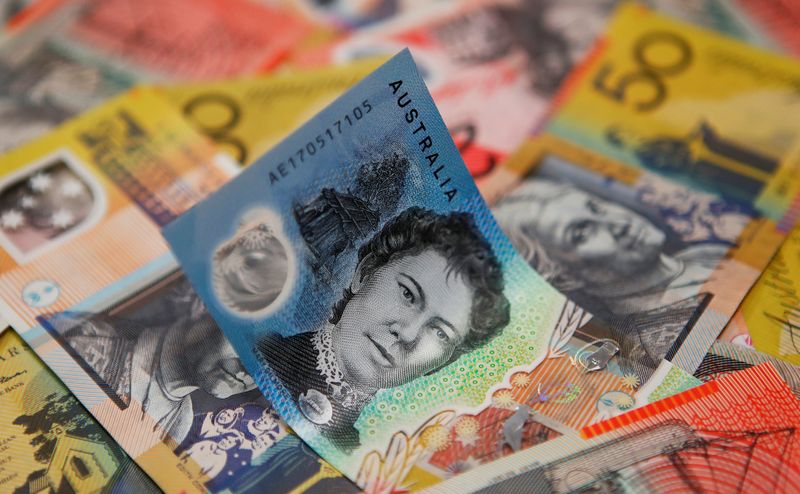
The was last down 0.39% at $0.6864. It earlier hit $0.6908, the highest since Feb. 2023.
In cryptocurrencies, bitcoin fell 0.73% to $63,758.

 Forex3 years ago
Forex3 years agoForex Today: the dollar is gaining strength amid gloomy sentiment at the start of the Fed’s week

 Forex3 years ago
Forex3 years agoUnbiased review of Pocket Option broker

 Forex3 years ago
Forex3 years agoDollar to pound sterling exchange rate today: Pound plummeted to its lowest since 1985

 Forex3 years ago
Forex3 years agoHow is the Australian dollar doing today?

 Cryptocurrency3 years ago
Cryptocurrency3 years agoWhat happened in the crypto market – current events today

 World3 years ago
World3 years agoWhy are modern video games an art form?

 Commodities3 years ago
Commodities3 years agoCopper continues to fall in price on expectations of lower demand in China

 Economy3 years ago
Economy3 years agoCrude oil tankers double in price due to EU anti-Russian sanctions

